At the risk of losing the graffiti purists in the room, while the rebellious and dynamic aesthetics of graffiti were an awakening of how art could be more than what I had experienced as a child, it was stencil art that was a better fit for my personal mode of expression. There are numerous reasons; from the punk aesthetic of early styles, to the specific yet expansive potential of the process. It still embraced the physical nature of aerosol (hard and soft lines, over sprays), but there were also the intricacies of cutting, breaking down an image, and the plates that became stratified objects of interest themselves (from plastic sheets, to light card, or even cereal boxes, the chosen material reflects an important aesthetic decision). Importantly, there was also a conceptual aspect, beyond the stylistic and procedural; something harder to express but imbued within the apparent urgency of street stencils.
While I have spent many hours in small studio spaces cutting and spraying stencils, frustrated at the things that go wrong, exhilarated at the discoveries that unlock new directions, there is something about the presence of stencils in the streets, sprayed directly on rough concrete or worn surfaces. Street stencils are a contemporary incarnation of a primal mode of expression, utilising new cultural references and tools to navigate the current landscape, while exuding a sense of a longer, often political, always existential, lineage.
While it may be the accessible, iconographic visual language stencil artists have harnessed (such as the pop culture imagery almost universally favoured by stencil artists still finding their style) that attracts many, for me, it is this connection to history, the sense that a stencil still represents rebellion, revolution and anarchy. Furthermore, the mechanical nature of the process renders stencils democratic; anyone can cut a stencil and produce an image. Of course there are stencil ‘superstars’, but there are also countless anonymous stencils, reveling in that anonymity and the act of painting in the streets.
The following images have been taken from the last decade, from Ōtautahi, around Aotearoa and even abroad. Some are by well-known artists, others are completely anonymous. Some are fresh and sharp, others faded and obscured. Some are sprayed on surfaces that make the image harder to comprehend, others play off the graffiti covered walls. Some are figurative, some use phrases, some are explicitly political, others harder to decipher. But each is an example of someone acting out, becoming part of that lineage and grasping the inherent qualities of stencils…
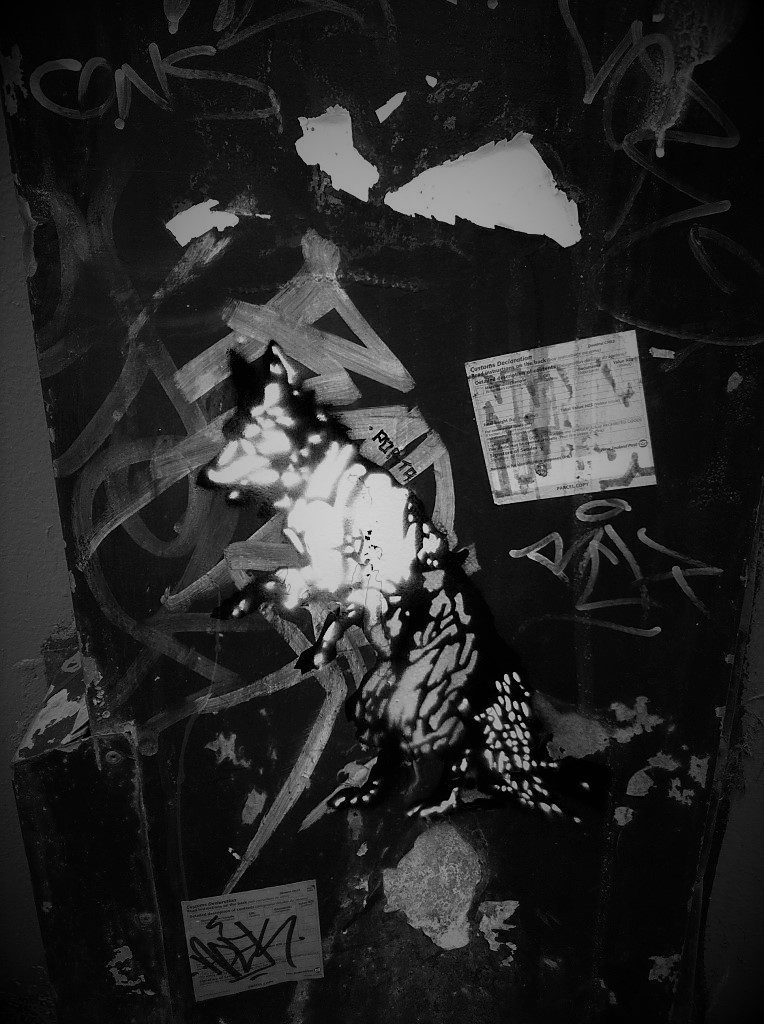
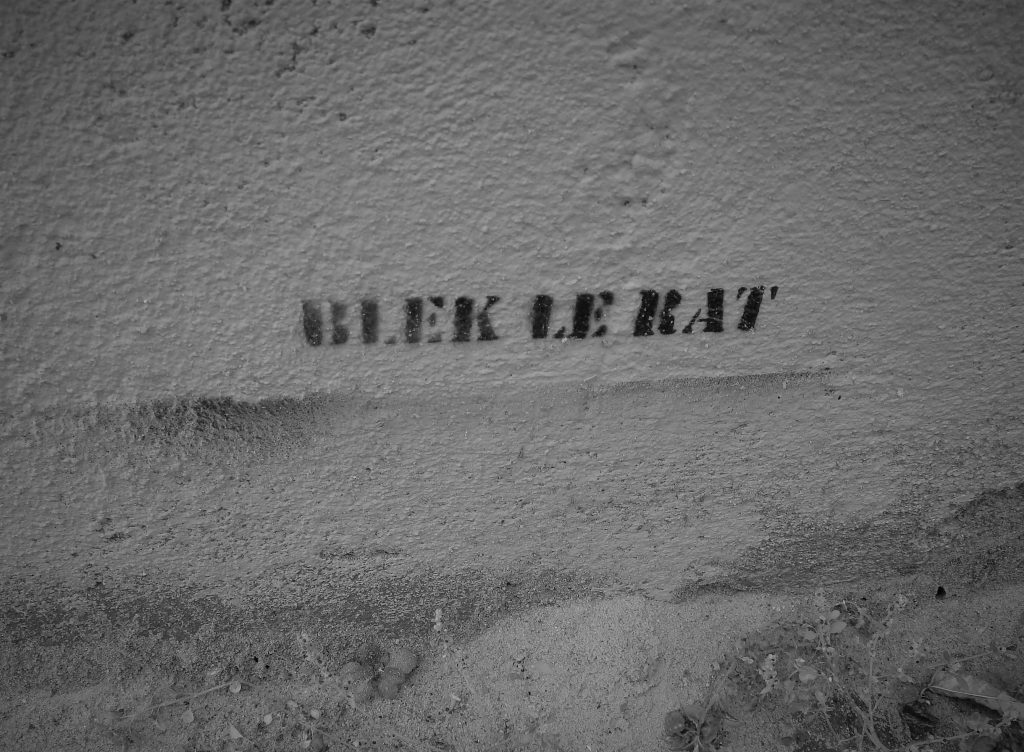
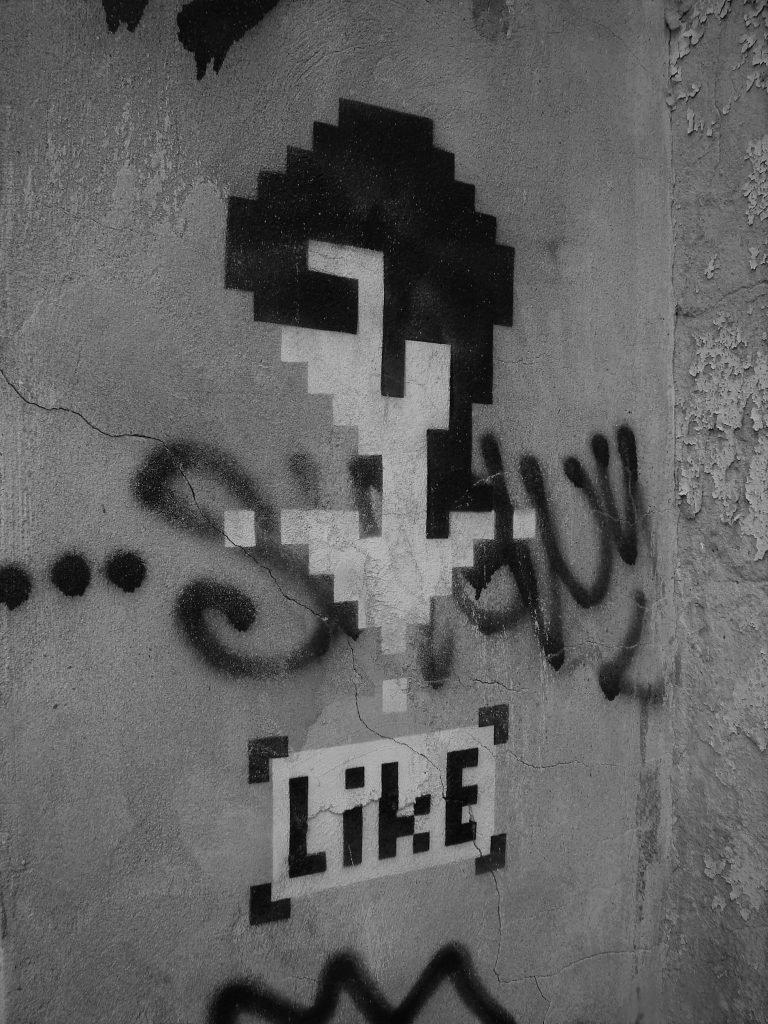
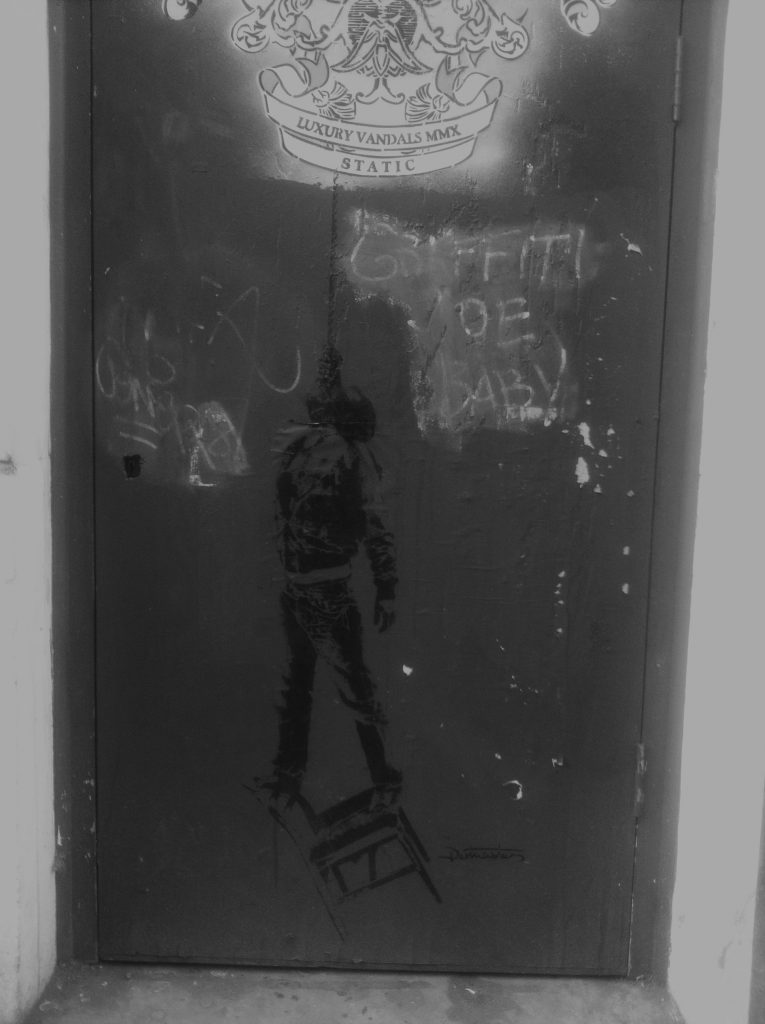
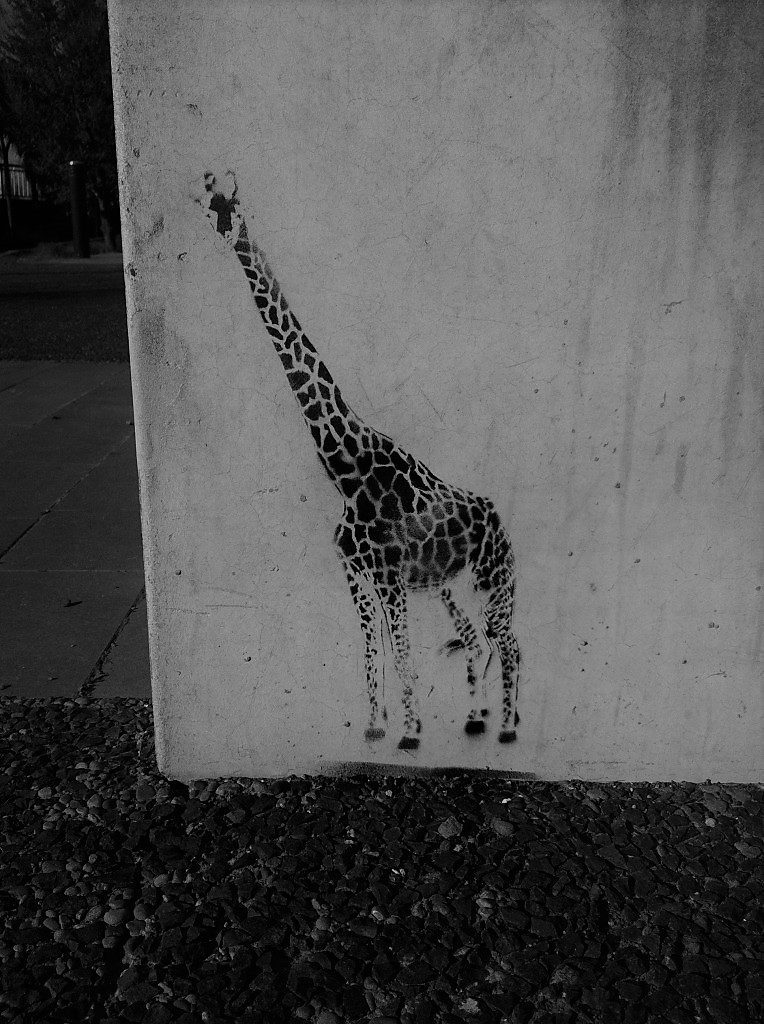
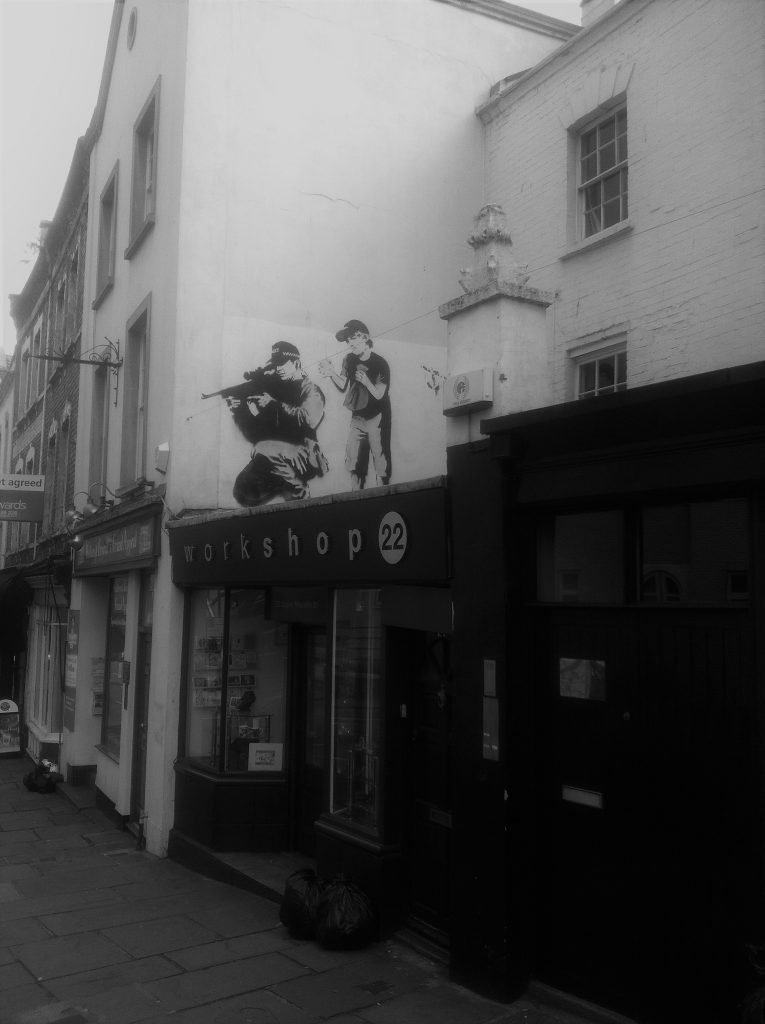
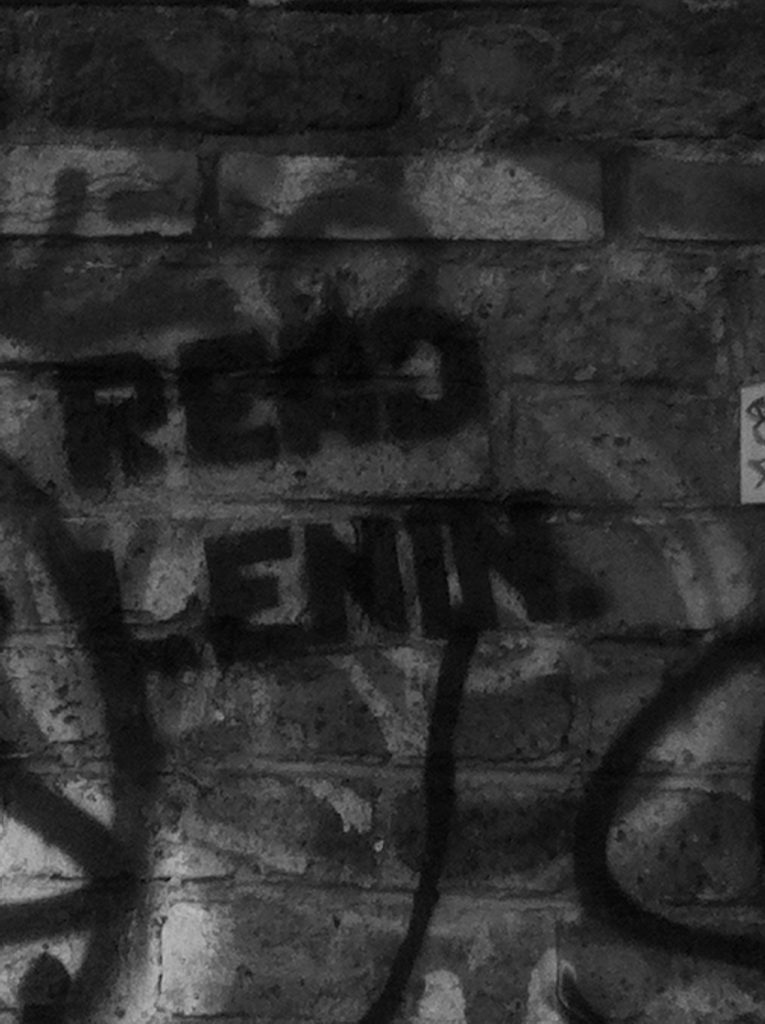
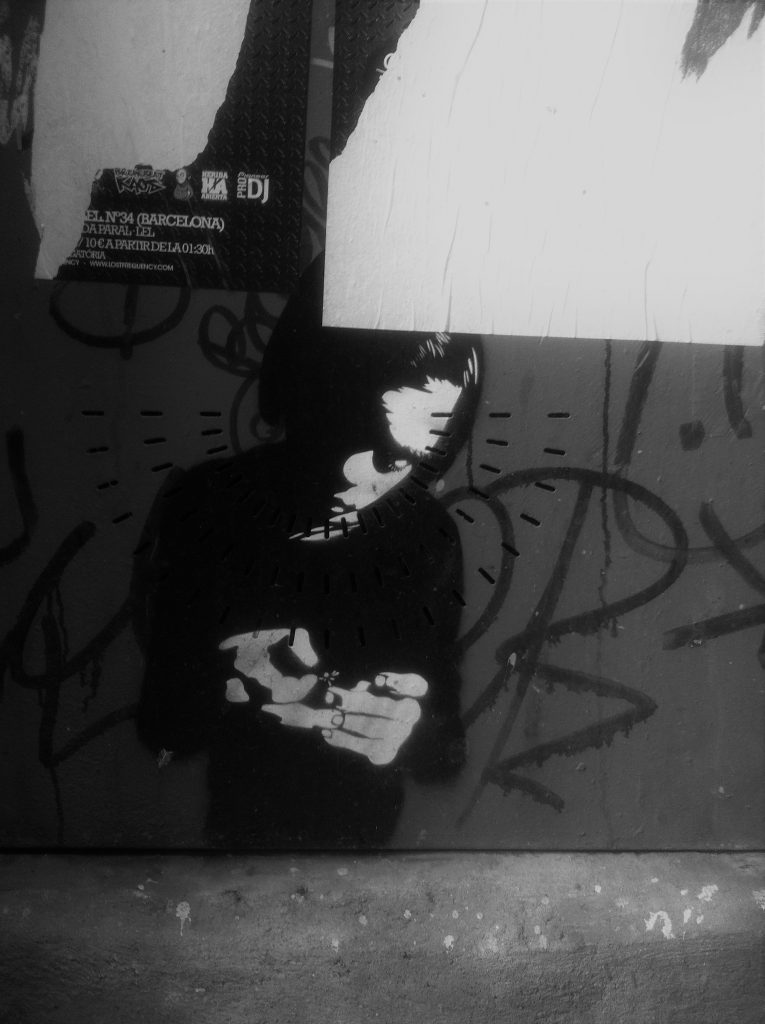
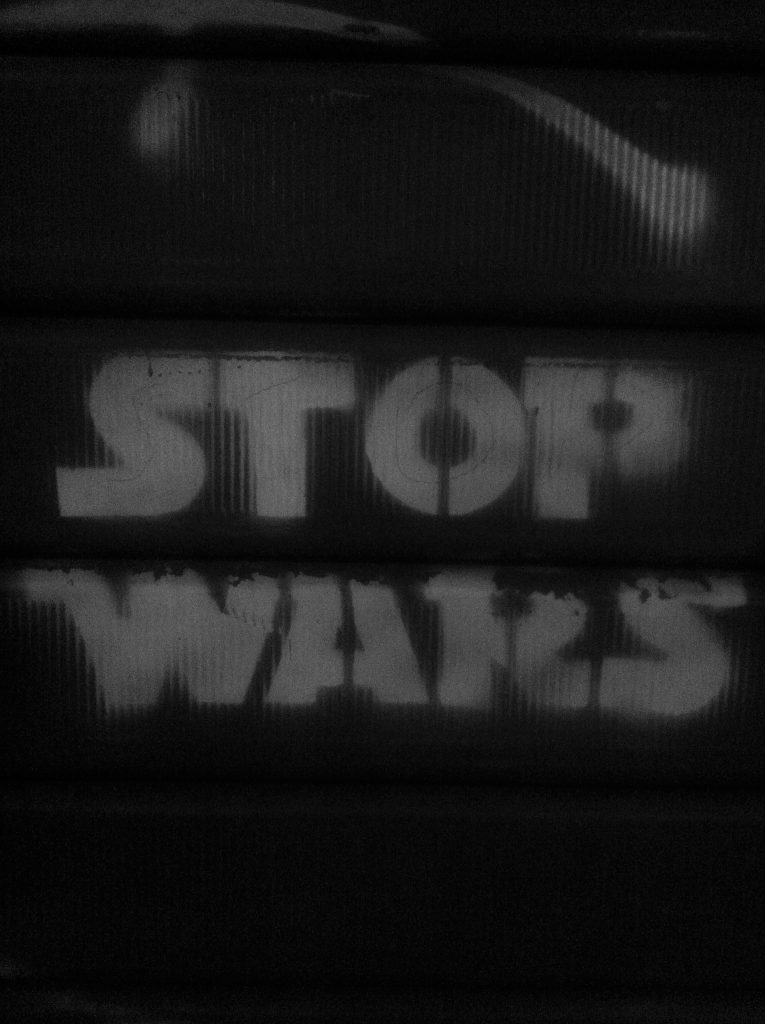
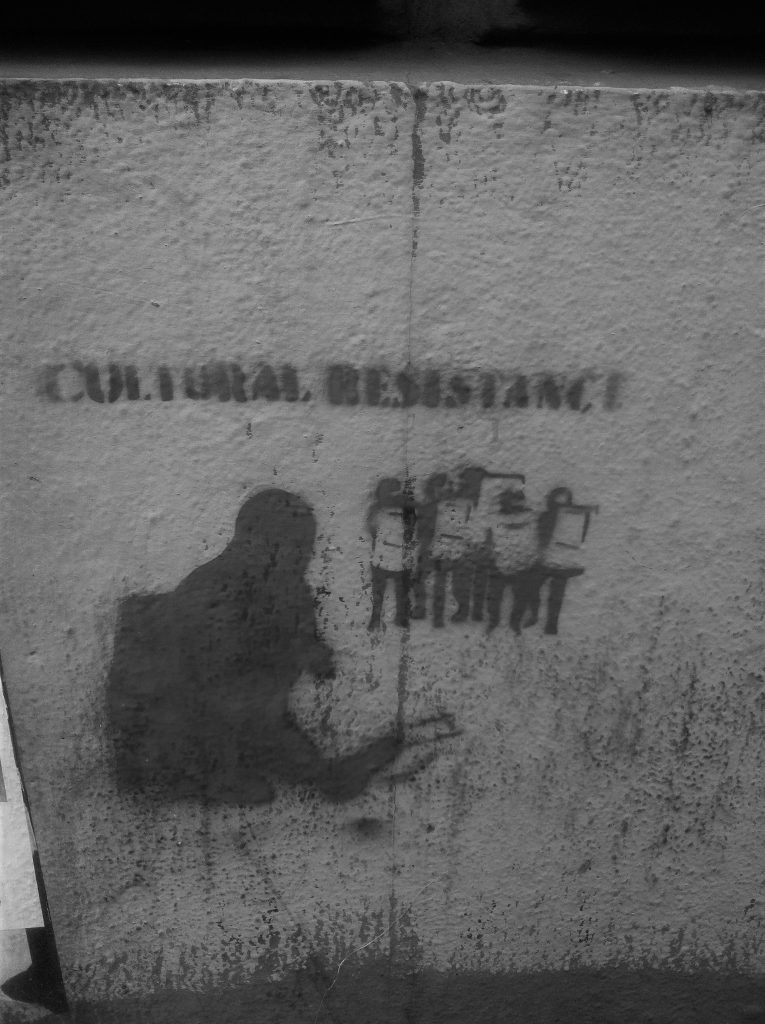
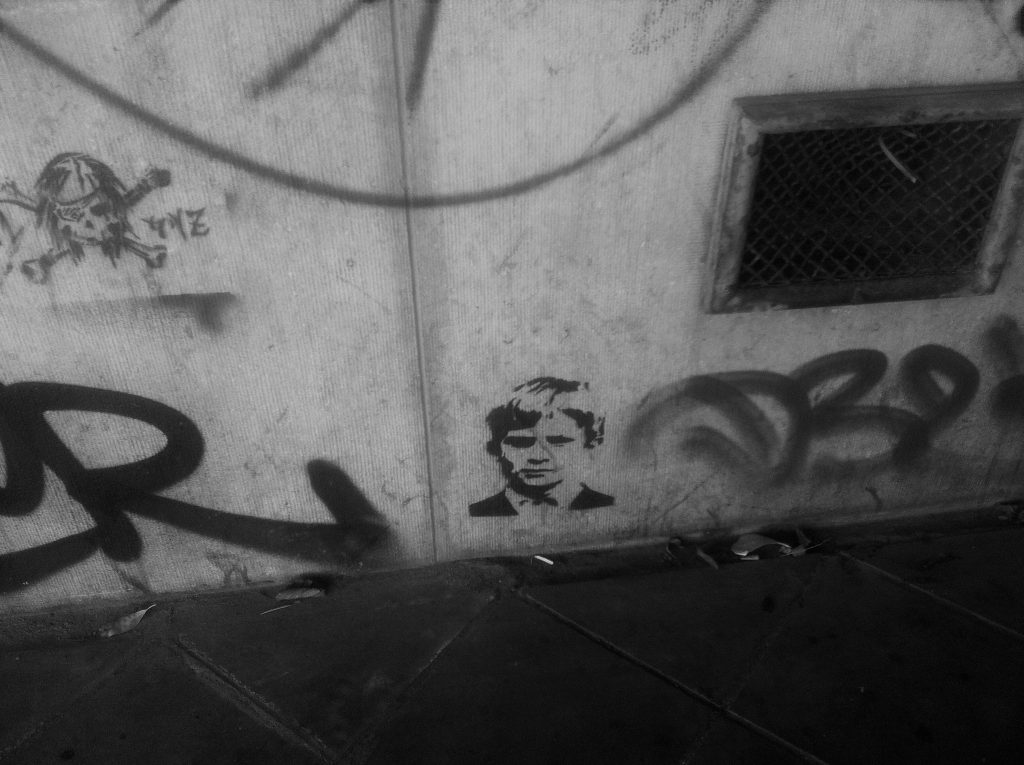
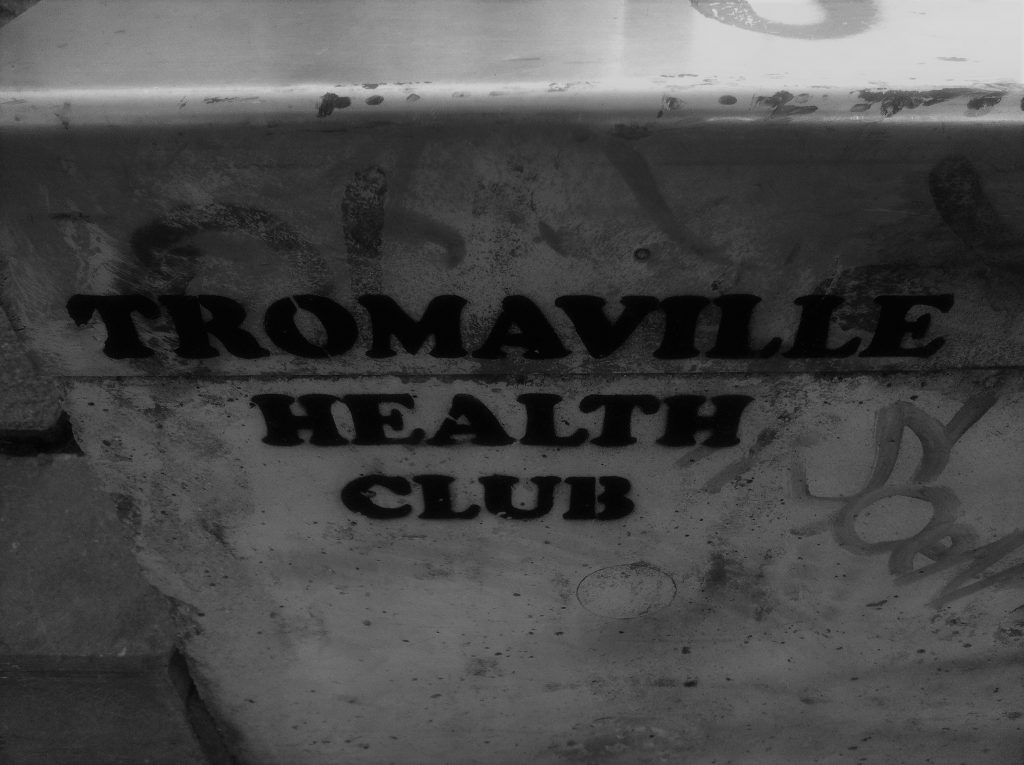
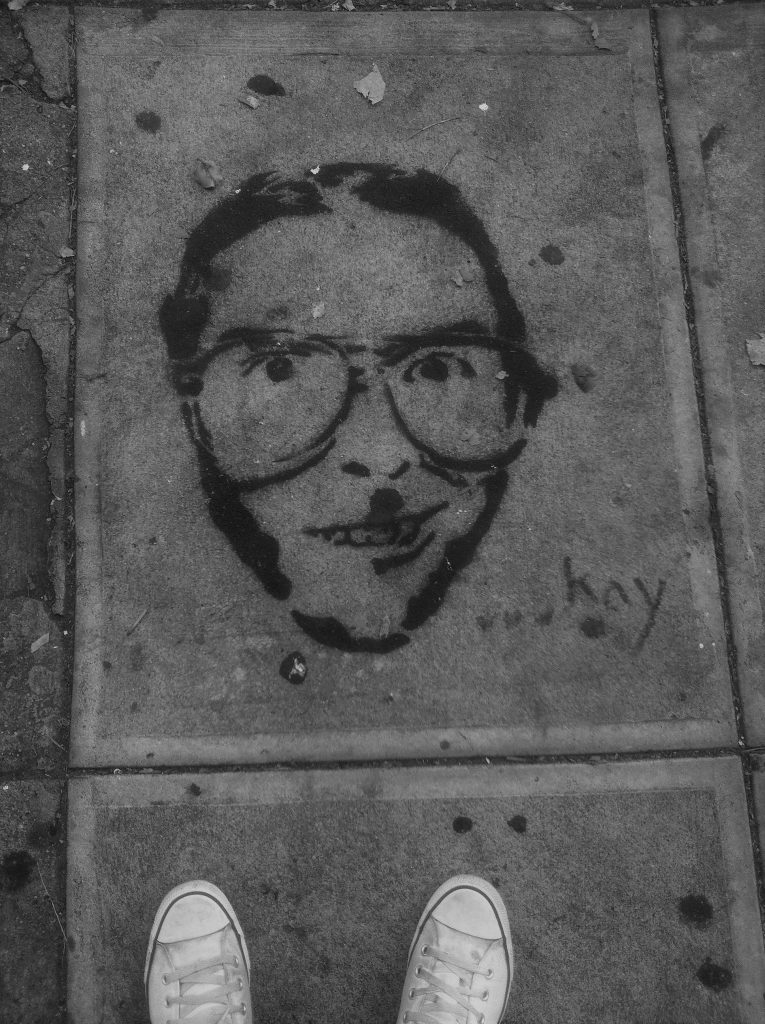
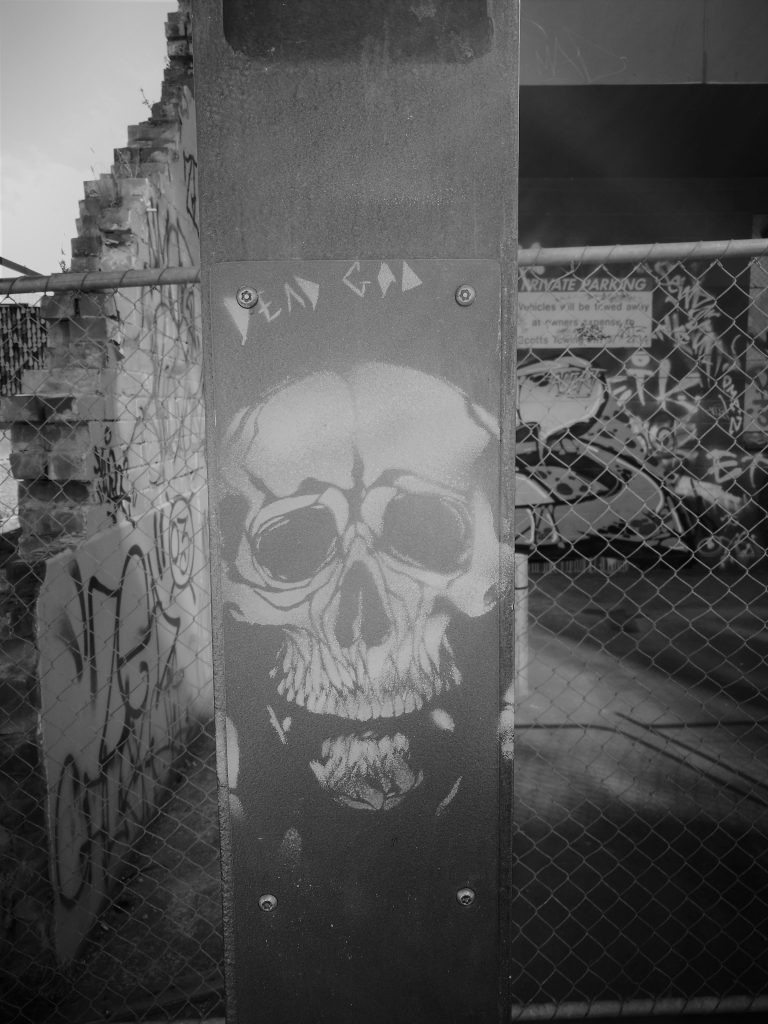
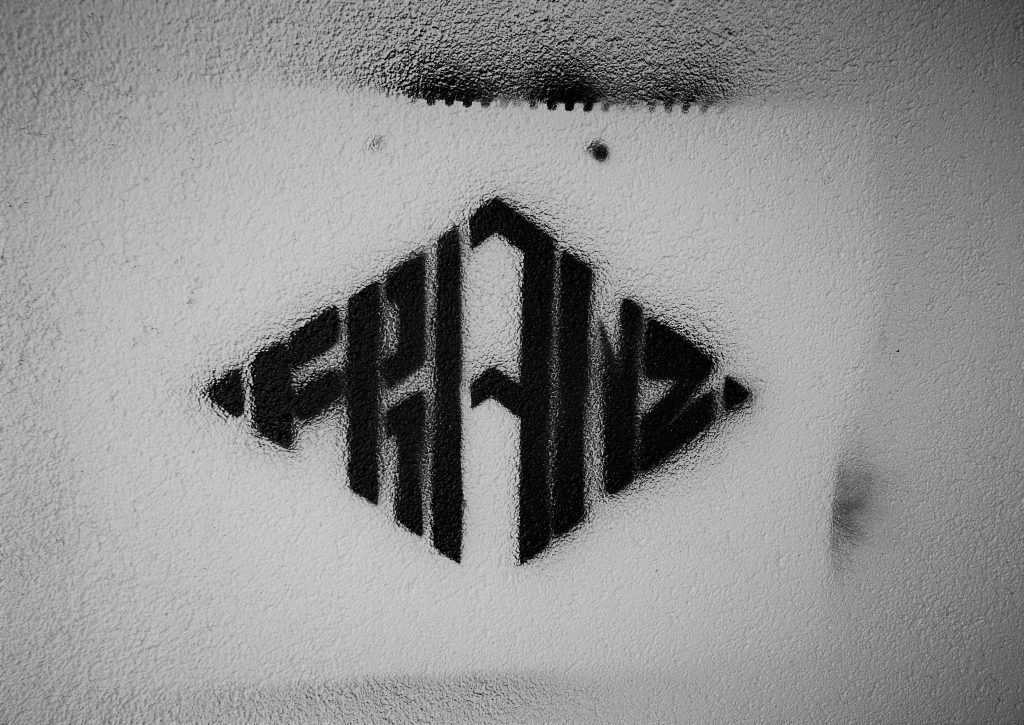
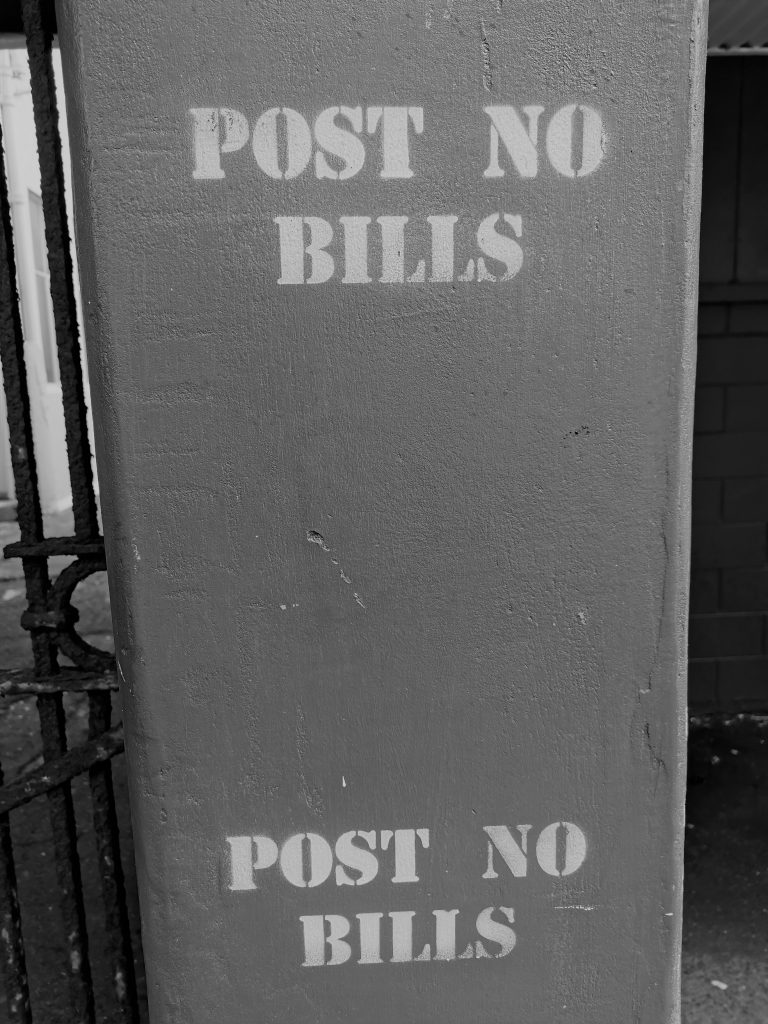
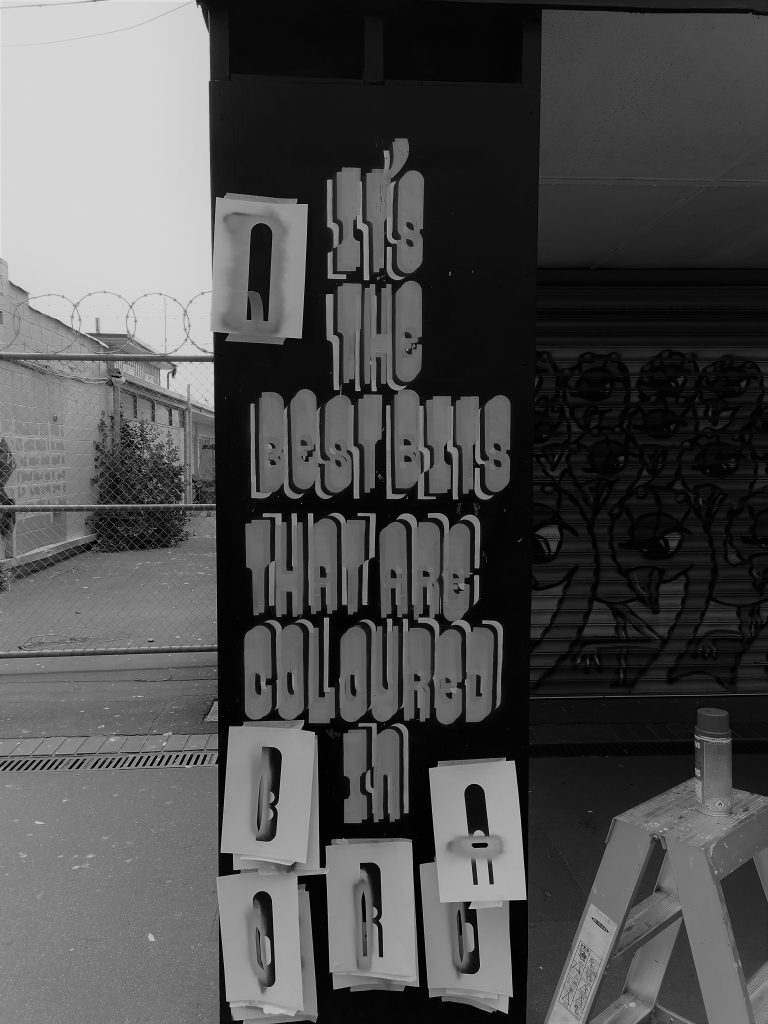
Follow Bols on Instagram
If you have an idea for a Photo Essay, let us know! Email submissions or concepts to [email protected] or contact us on Facebook
